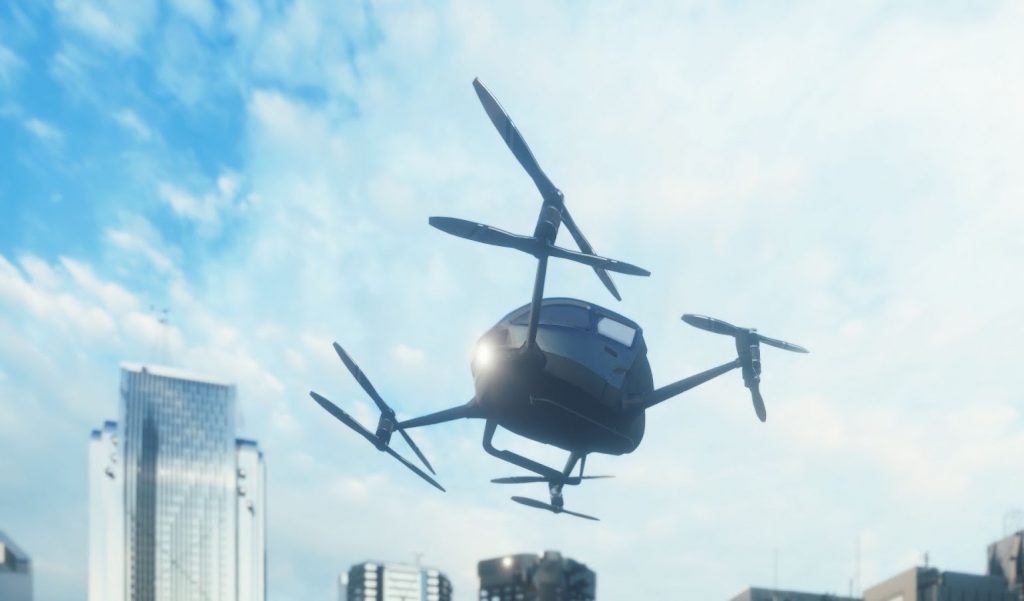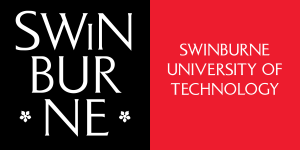The advanced air mobility sector in Australia is ready for launch as Swinburne’s Aerostructures Innovation Research (AIR) Hub explores exciting engineering opportunities.
New aeroplane types often seem futuristic when they take their maiden flight, but in one sense they are already old – they take years to design and develop. The world’s largest passenger aircraft, the Airbus A380, flew for the first time in 2005 but was conceived in 1988.
Over the last five years the world has seen massive progress in the electrification of mobility, in autonomous systems, in hydrogen propulsion and in materials technology. Perhaps more importantly, the way we design, develop, manufacture and test has also advanced dramatically.
“The next ten years in aerospace is going to be very different to the last ten,” says Dr Adriano Di Pietro, Director of the Aerostructures Innovation Research (AIR) Hub at Swinburne University of Technology.
The AIR Hub launched in November 2021 and is already driving innovation and change, says Di Pietro. It is expected to help introduce such vehicles to our skies as lighter and cleaner aeroplanes, more advanced drones and flying taxis.
Boosting Boeing’s capabilities
One project being undertaken by the crew at the AIR Hub, in partnership with Boeing Research and Technology Australia, involves supporting the company with its future aircraft development.
“Boeing is changing its approach to manufacturing,” says Di Pietro, referring to a process that is likely to knock years off development and certification timelines.
It will harness Industry 4.0, AI and augmented advanced manufacturing to transform Australia’s design and manufacturing capabilities and help the country’s aerospace industry become more competitive at both the development and production of aerostructures.
“Boeing Australia is digitalising its design and manufacturing,” he says. “We are loving that we’re right there with Boeing Australia, helping them prepare for this next digital development that will ensure they remain competitive in the global supply chain.”
Unmanned air systems of the future
With Australian organisation Quickstep, a global provider of advanced composite solutions to the aerospace, defence, commercial, government and other advanced manufacturing sectors, AIR Hub is helping build capability in design and development.
“We’re working with Quickstep around qualification of componentry for the unmanned air systems market,” Di Pietro says.
“This is about advanced air mobility. As unmanned aircraft become more sophisticated, autonomous and larger, how they are manufactured and what they’re made of will change. These systems will go on to carry people, but when that happens, you’ve got a new certification challenge.”
AIR Hub is working with Quickstep to help them prepare for this potentially enormous market. It is looking to develop new manufacturing technology, advanced virtual development and virtual testing, design and verification capability, and supply chain surety.
Engineers wanted
“At the hub we have deep tech hardware people testing materials, developing new manufacturing process and undertaking prototyping and experimentation to better virtually model the behaviour of materials or structures and how they will be produced,” says Di Pietro.
“But we also have people using AI and machine learning to help augment design, improve models and control as well as optimise and ensure quality on the production line.”
There’s plenty of exciting work for those who are interested in taking it on, he says.
“We’re also leveraging the capability Swinburne has with the Department of Aviation, a team of people that support users and operators in the aerospace industry. We’re doing a lot of deep tech hardware development – testing and trialing the technology with them.”
Anybody that works for the AIR Hub will feel like they’re a part of something bigger because it’s catalysing a new, advanced air mobility industry in Australia.
“We’ll be providing training and experience to the next generation of engineers and research leaders in the sector. Along the way, we’ll be arming them with new techniques and tools that are going to be critical for future engineering.”
Does your organisation or industry want to engage with the AIR Hub, or are you an engineer who would like to know more about work opportunities? Reach out at airhub@swinburne.edu.au or visit our website.

